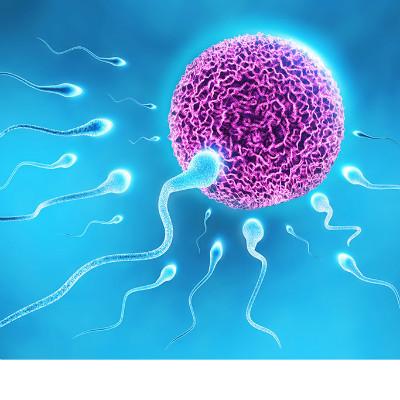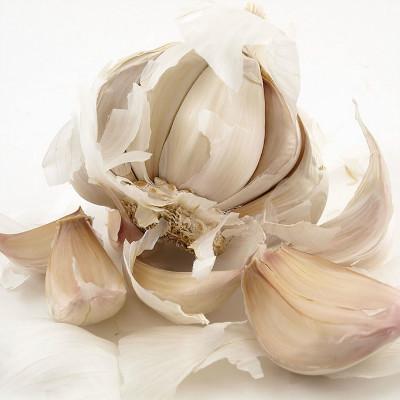Lupus erythematosus symptoms?
summary
Discoid lupus erythematosus, mainly involving the skin, is the lightest type of lupus erythematosus. A few cases may have mild visceral damage, and a few cases may turn into systemic lupus erythematosus. At the beginning of the skin damage, there were one or several bright red spots, which were large from mung bean to soybean. There were adhesive scales on the surface, and then gradually expanded into a round or irregular shape. The pigment on the edge was significantly deepened, slightly higher than the center. The central color is light, and can be atrophic and low-lying. The whole lesion is discoid (hence the name discoid lupus erythematosus). The lesions were mainly distributed in the areas exposed to sunlight, such as the face, ear ring and scalp. A few of them could involve the upper chest, back of hand, forearm, lip and oral mucosa. Most patients have no symptoms, but it is difficult to completely subside. The new damages may increase gradually or remain unchanged for many years. The damages may be distributed symmetrically, or they may fuse into a piece. The damages in the middle of the face may fuse into a butterfly shape. Discoid lesions worsen after sun exposure or fatigue. Damage to the scalp can cause permanent hair loss. Old lesions may occasionally develop into squamous cell carcinoma of the skin.
Lupus erythematosus symptoms?
Subacute cutaneous lupus erythematosus is a special intermediate type. There are two types of skin damage, one is annular erythema type, which is a single or multiple scattered erythema. It is annular, semi annular or multiple annular, dark red, slightly swollen edge, red halo on the outer edge, pigmentation and telangiectasia after the central subside, and it is prone to occur on the face and trunk; The other type is papule scale type, which is similar to psoriasis, including erythema, papule and patch. There are obvious scales on the surface, mainly distributed in the trunk, upper limbs and face. Most of the two kinds of lesions exist alone, and a few can exist at the same time. The main symptoms are arthralgia, muscle pain, repeated low fever, and a few have nephritis and blood system changes.

Systemic lupus erythematosus is the most serious type of lupus erythematosus. The vast majority of patients with onset of multi system damage performance, a small number of patients developed from other types of lupus erythematosus. Some patients also accompanied with other connective tissue diseases, such as scleroderma, dermatomyositis, Sjogren's syndrome, forming a variety of overlap syndrome. The clinical manifestations of systemic lupus erythematosus (SLE) are various, complex and more serious, which can endanger the lives of patients due to lupus nephritis, lupus encephalopathy and the side effects of long-term and large-scale use of drugs.

Deep lupus erythematosus, also known as lupus panniculitis, is also an intermediate type of lupus erythematosus. Skin lesions are nodules or plaques, located in the deep dermis or subcutaneous adipose tissue, with variable size and number, normal or light red skin color, solid texture and no mobility. Damage can occur in any part, the most common in the cheek, buttock, arm, followed by leg and chest. After chronic treatment, it can last for several months to several years, and the skin atrophy and depression are left after cure. Deep lupus erythematosus is unstable and can exist alone. Later, it can be transformed into discoid lupus erythematosus, systemic lupus erythematosus, or coexist with them.

matters needing attention
Neonatal lupus erythematosus is characterized by skin annular erythematosus and congenital heart block. It has self invagination and usually subsides spontaneously within 4-6 months after birth. Cardiac lesions often persist.
















